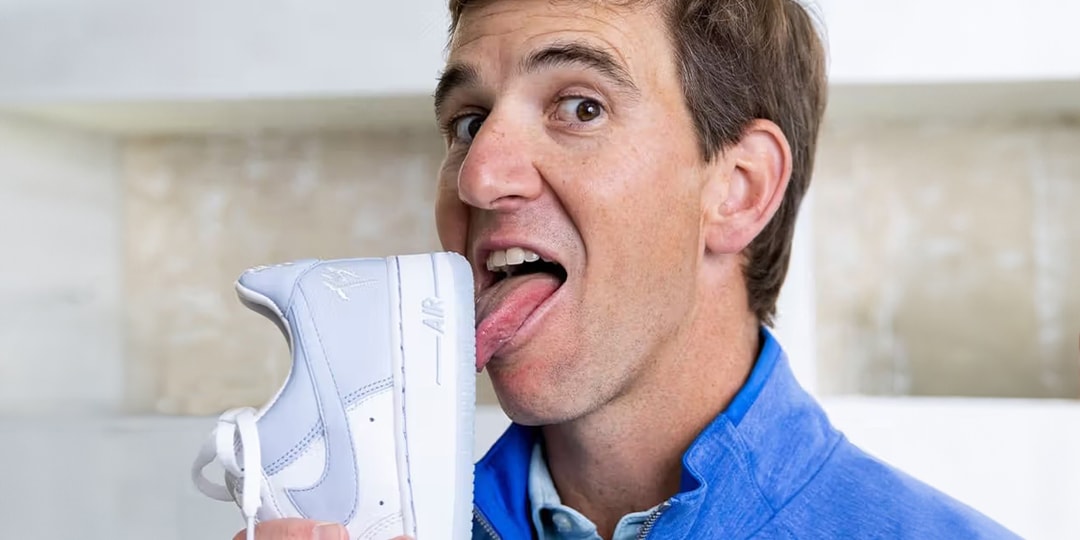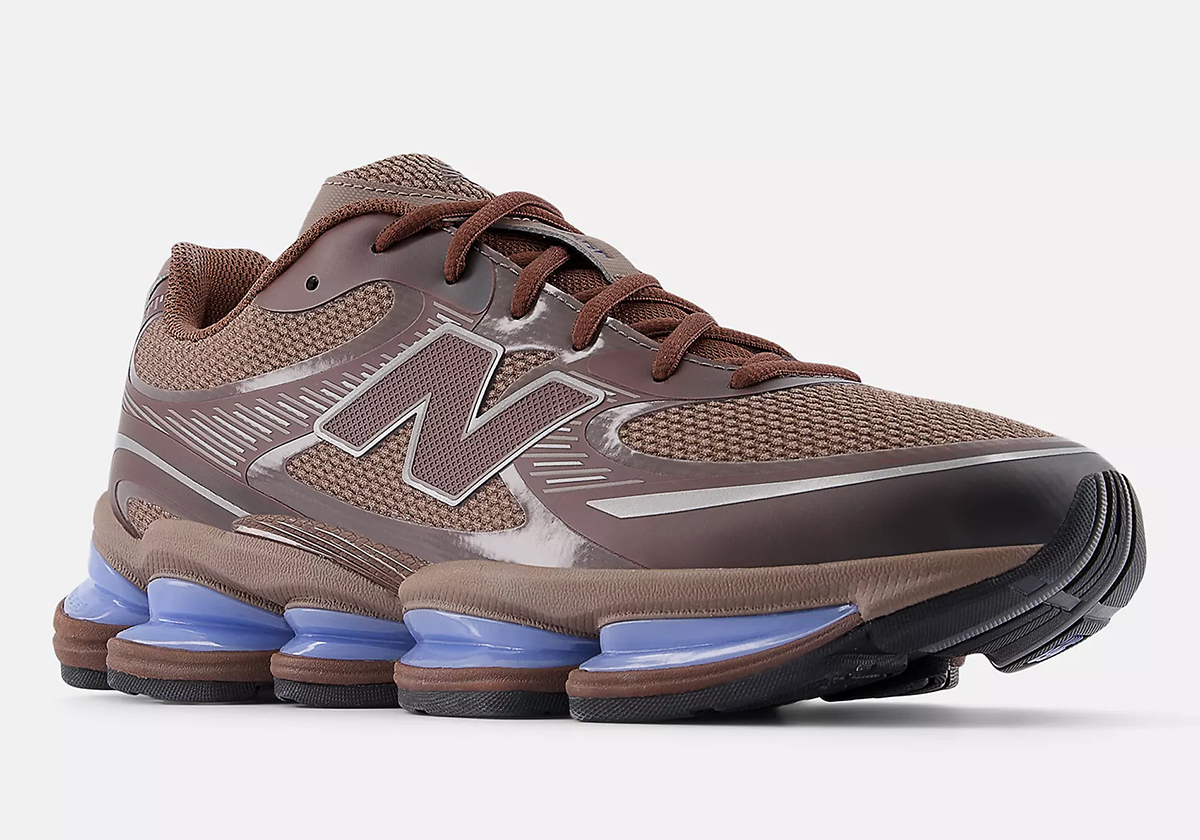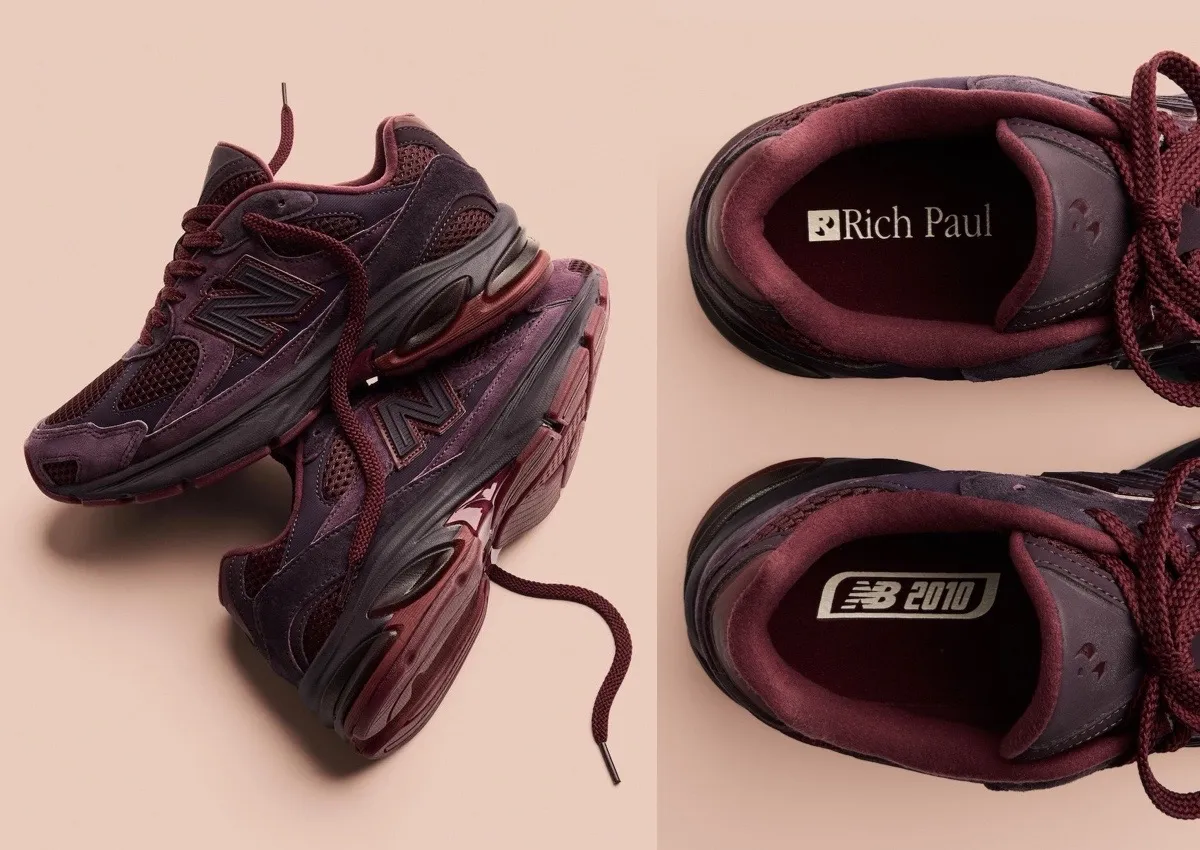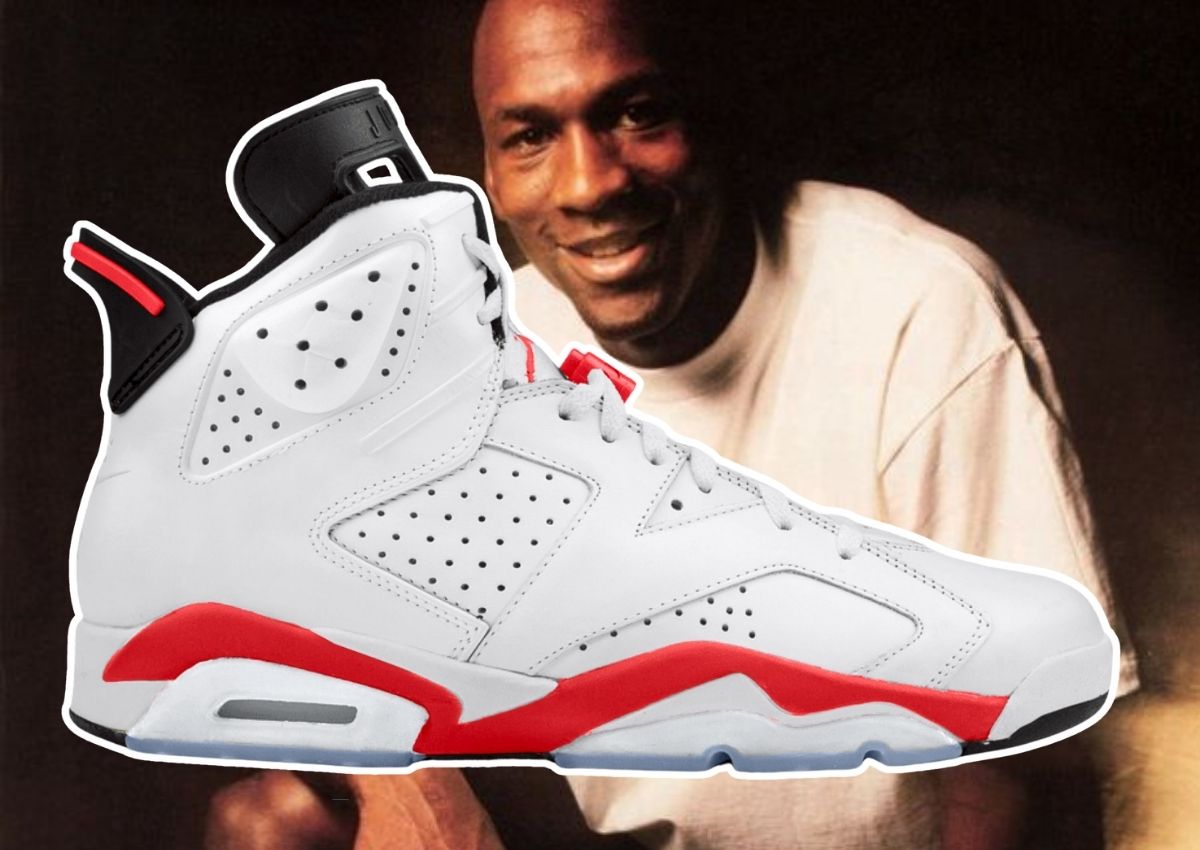Nike Is Cutting Back On Its Air Force 1 Production
It's been two decades-plus, hundreds (if not thousands) of releases and dozens of collabs since Nelly rapped "Give me two pairs, I need two pairs" on his 2002 hit "Air Force Ones," a homage to the Nike sneaker of the same name. Originally designed by Bruce Killgore in 1982, the Air Force 1 was a then-revolutionary basketball shoe that became a street style icon thanks to avid followings on the East Coast, specifically Baltimore and New York City, and today occupies a lofty position as one of Nike's most well-known silhouettes alongside models like the Dunk, Air Jordan 1 and Air Max 1.But now it's time for the Air Force 1 to cruise at a slightly lower altitude. On a Nike third-quarter earnings call earlier this week, CFO Matt Friend indicated that the brand would cut back production of the model. The reasoning behind the decision was twofold: first, to make space for newer products in the Nike lineup, second to ensure the Air Force 1 doesn't suffer from oversaturation. “We’re managing some of our largest lifestyle franchises and some of our performance franchises back to make space for the newness,” Friend said on the call, pinpointing the Air Force 1 as one of the silhouettes that would see a decrease as customers clamor for modern models. This doesn't mean that the Air Force 1 will suddenly become a limited, seasonal style; instead, Nike will be more considered in the quantity of Air Force 1s it releases—both in style and in stock number (a search for the Air Force 1 on the Nike webstore today, March 22, turned up 137 results). This paring back will be most notable in the brand's DTC business, which Friend noted has seen increased "promotional activity," meaning more styles going on sale. Friend was also careful to note that the decrease in stock is not tied to decreased popularity. “We could sell more of these products if we wanted to, but we don’t think that’s the right thing to do from a brand point of view,” he said on the call. “And we know that we manage these franchises for long-term health.”In some ways, the Air Force 1 serves as a microcosm for Nike as a whole, with the brand at an infliction point, still wildly popular thanks to past innovation but no longer enjoying the ironclad cultural cachet of years past thanks to longtime competitors like ASICS and New Balance capitalizing on pandemic-era trends to bring fresh energy and even brands like Salomon, HOKA and norda offering a technical alternative. A recent Business of Fashion article entitled "How Nike Ran Off Course" notes that the brand is experiencing its "worst slump in a decade" thanks to "disruptive restructurings, stalled innovation and uninspiring marketing." With the Olympic Games — a cornerstone event for Nike innovation — this summer, and new models like the Air Max DN on the way, what the Swoosh does over the next few months will certainly merit watching.Click here to view full gallery at Hypebeast


It's been two decades-plus, hundreds (if not thousands) of releases and dozens of collabs since Nelly rapped "Give me two pairs, I need two pairs" on his 2002 hit "Air Force Ones," a homage to the Nike sneaker of the same name. Originally designed by Bruce Killgore in 1982, the Air Force 1 was a then-revolutionary basketball shoe that became a street style icon thanks to avid followings on the East Coast, specifically Baltimore and New York City, and today occupies a lofty position as one of Nike's most well-known silhouettes alongside models like the Dunk, Air Jordan 1 and Air Max 1.
But now it's time for the Air Force 1 to cruise at a slightly lower altitude. On a Nike third-quarter earnings call earlier this week, CFO Matt Friend indicated that the brand would cut back production of the model. The reasoning behind the decision was twofold: first, to make space for newer products in the Nike lineup, second to ensure the Air Force 1 doesn't suffer from oversaturation. “We’re managing some of our largest lifestyle franchises and some of our performance franchises back to make space for the newness,” Friend said on the call, pinpointing the Air Force 1 as one of the silhouettes that would see a decrease as customers clamor for modern models.
This doesn't mean that the Air Force 1 will suddenly become a limited, seasonal style; instead, Nike will be more considered in the quantity of Air Force 1s it releases—both in style and in stock number (a search for the Air Force 1 on the Nike webstore today, March 22, turned up 137 results). This paring back will be most notable in the brand's DTC business, which Friend noted has seen increased "promotional activity," meaning more styles going on sale. Friend was also careful to note that the decrease in stock is not tied to decreased popularity. “We could sell more of these products if we wanted to, but we don’t think that’s the right thing to do from a brand point of view,” he said on the call. “And we know that we manage these franchises for long-term health.”
In some ways, the Air Force 1 serves as a microcosm for Nike as a whole, with the brand at an infliction point, still wildly popular thanks to past innovation but no longer enjoying the ironclad cultural cachet of years past thanks to longtime competitors like ASICS and New Balance capitalizing on pandemic-era trends to bring fresh energy and even brands like Salomon, HOKA and norda offering a technical alternative. A recent Business of Fashion article entitled "How Nike Ran Off Course" notes that the brand is experiencing its "worst slump in a decade" thanks to "disruptive restructurings, stalled innovation and uninspiring marketing."
With the Olympic Games — a cornerstone event for Nike innovation — this summer, and new models like the Air Max DN on the way, what the Swoosh does over the next few months will certainly merit watching.






















